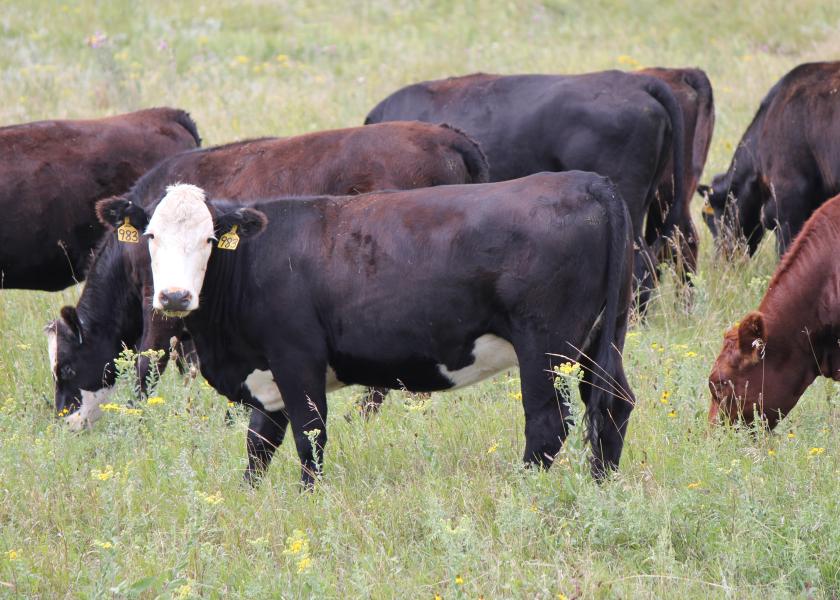Biggs: Open or Not?

The three primary methods to evaluate pregnancy in cows include rectal palpation, reproductive tract ultrasound, and blood testing. In 2017, the USDA National Animal Health Monitoring System Beef Cow-Calf Study evaluated the number of operations that utilized pregnancy checking. Although percentages were higher as herd size increased, across all operations only 19.3% used palpation, 8.8% used ultrasound, and 3.5% used blood testing for pregnancy evaluation. Producers who choose not to evaluate pregnancy status undoubtedly leave money on the table below.
Historically, rectal palpation has been the industry standard and is currently the most common pregnancy testing method in the region. The reproductive tract and/or the fetal calf is manually palpated to determine pregnancy status, approximate age of the calf, and identify any physical issues that may exist in the reproductive tract or pelvis of the cow.
Ultrasound is another option to identify pregnancy as early as 21 days with high reliability at 28 days or more. Fetal age can be determined earlier than palpation alone and depending on the stage of pregnancy with more accuracy using ultrasound. Ultrasound also provides the opportunity to determine sex and potential physical abnormalities of the fetus and cow. It is important to note, both palpation and ultrasound require highly specialized training and may only be performed by those legally able to do so as outline by a state’s veterinary practice act.
Blood sampling is the final option for pregnancy testing. Unlike humans, cows do not excrete a pregnancy identifier in urine. These tests detect pregnancy glycoproteins in the blood, and most can detect pregnancy reliably at 28-29 days. A skilled producer can obtain blood samples for cows and the blood pregnancy test can be done chute side with a result within 20 minutes, or the blood sample can be sent to a lab.
There are advantages and disadvantages to each option. Producers should consult with their veterinarian on which method fits the needs of the operation. Blood testing may provide a convenience factor in some situations but does not replace the value of having a veterinarian involved in the herd. Pregnancy checking time traditionally opens the door for broader discussion regarding herd health and lays the foundation for establishing a valid veterinary-client-patient-relationship. If blood testing is the best option, the producer and their veterinarian should set aside separate time and resources to continue discussion on the operational needs and goals.








